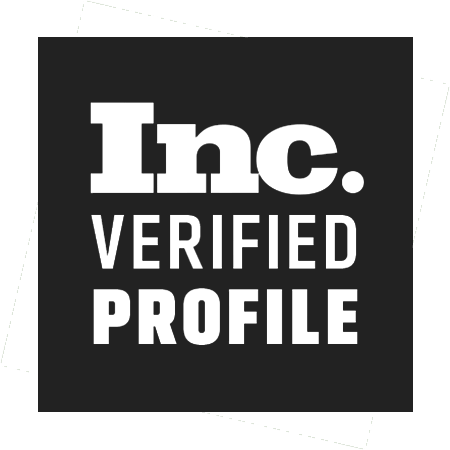At Tipping Point we’re constantly on the lookout for industry trends and new technologies so our clients’ campaigns are utilizing the latest and greatest practices. It’s also important to stay on top of new technologies and trends that can be harmful too. Digital ad fraud is a growing concern in the advertising industry, and clients should be aware of the problem and work with their digital media teams to minimize their risk.

What is digital ad fraud?
As digital ad revenues increase, this platform has become attractive to high-tech thieves. Effectively, these hackers create pseudo websites that generate very high traffic rates. From there, they attract potential advertisers through digital intermediaries by touting their impressive amounts of traffic and clicks.
How are those “clicks” and “views” generated? By software programs – not people. These software robots (called “bots”) mimic human behavior online, and are often hard to tell apart from real human engagement. So an advertiser who has inadvertently placed an ad on a bot-infested site ends up paying for clicks that never amount to actual impressions or purchases.
What can this do to a campaign?
When a marketer assesses a campaign’s success, bot traffic appears in the results alongside real traffic. The resulting inflated numbers can affect the perceived success of your campaign and future ad placement decisions.
This happens to the best of them. Mercedes-Benz recently ran an internationally-targeted campaign that had a percentage of its impressions deemed questionable. A further look showed the ads were inadvertently placed on fraudulent websites and measured traffic was actually generated by bots. Mercedes’ ad-technology company ended up refunding the cost of the suspect impressions and has taken care to increase their bot and safety screens.
What is Tipping Point doing to prevent digital ad fraud?
Tipping Point’s standard operating procedures for digital advertising were built to protect our clients’ brands and investments. We take the time to review the sites on which we place ads to avoid obvious bot threats.
When reviewing sites, they are placed on one of two lists: whitelist or blacklist. Whitelist sites are deemed safe and appropriate in regards to your brand and their content. Blacklist sites may negatively impact your brand or contain inappropriate content, in which case we prevent your ad from appearing on them. We also ask for at least 30% in added impressions (essentially free weight) from our digital vendors as a way to offset any possible compromises.
Though some might argue this issue is more prevalent in markets overseas, it’s becoming a hot topic of conversation in the US advertising industry. We’ll continue to keep you updated on the challenge, and will work diligently to protect your digital ad dollars.
{{cta(‘0a21b518-5bd5-4a4e-be47-32c7c26f1960′,’justifycenter’)}}







